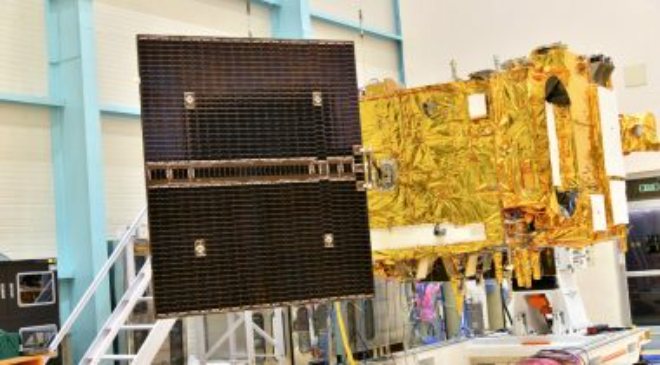ISRO’s Aditya L1 Mission LIVE: Following the success of Chandrayaan-3, the Indian Space Research Organisation is set to launch its new mission, Aditya-L1, to study the Sun. The mission is scheduled to launch on September 2 at 11:50 am from the Sriharikota spaceport.
Read More: G20 Summit: Traffic Advisory Issued As Delhi Police to Conduct Carcades Rehearsals Today
The mission will travel 1.5 million kilometres to study about the earth’s closest star over the course of five years. The spacecraft — the first space-based Indian observatory to study the Sun — would be launched by PSLV-C57 rocket. This mission is a collaboration between ISRO and several esteemed institutions.
According to ISRO, there are five Lagrangian points between the Sun and the Earth, and the L1 point in the Halo orbit would provide a greater advantage of continuously viewing the Sun without any occurrence of eclipse. “This will provide a greater advantage of observing the solar activities continuously,” ISRO said.
On embarking on such a complex mission, the Bengaluru headquartered space agency said the Sun is the nearest star and therefore can be studied in much more detail as compared to the others. Sun much more about could be learnt about stars in the Milky Way as well as in various other galaxies, ISRO said.
Read More: Ex-President Kovind to head committee formed to work on ‘One Nation, One Election’
The Sun shows several eruptive phenomena and releases immense amounts of energy in the solar system. If such explosive solar phenomena are directed towards the earth, it could cause various types of disturbances in the near-earth space environment.
Spacecraft and communication systems are prone to such disturbances; therefore, an early warning of such events is important for taking corrective measures beforehand, ISRO added.
ISRO scientists have used ‘XL’, the more powerful variant of the polar satellite launch vehicle (PSLV) that would carry the spacecraft on Saturday along with the seven payloads. Similar PSLV-XL variants were used in the Chandrayaan-1 mission in 2008 and the Mars Orbiter Mission (MOM) in 2013.
Of the total seven payloads, four onboard the spacecraft would directly view the Sun while the remaining three would undertake in-situ studies of particles and fields at the L1 point.
Read More: Govt Calls For ‘Special Session’ of Parliament from September 18 to 22; Oppn Questions Timing
Initially, the Aditya-L1 spacecraft would be placed in a low earth orbit. It would be made more elliptical and later the spacecraft will be launched towards the Lagrange point L1 by using on-board propulsion systems.





































